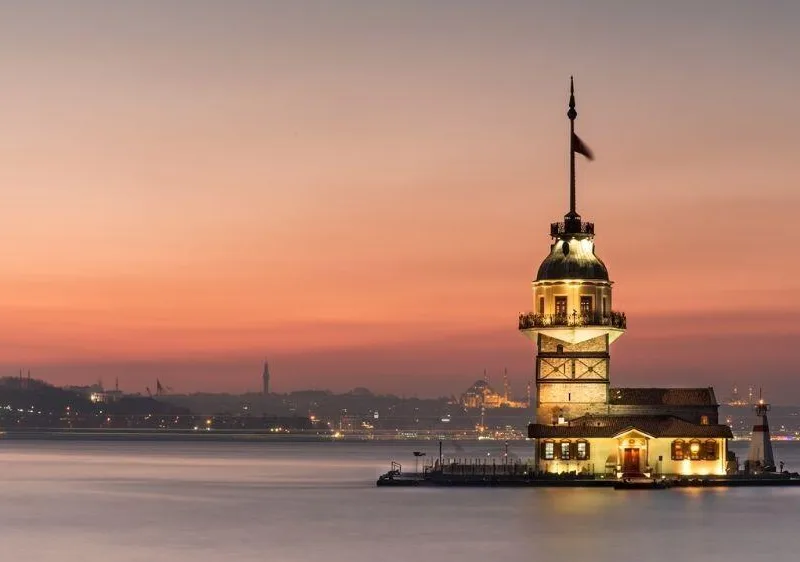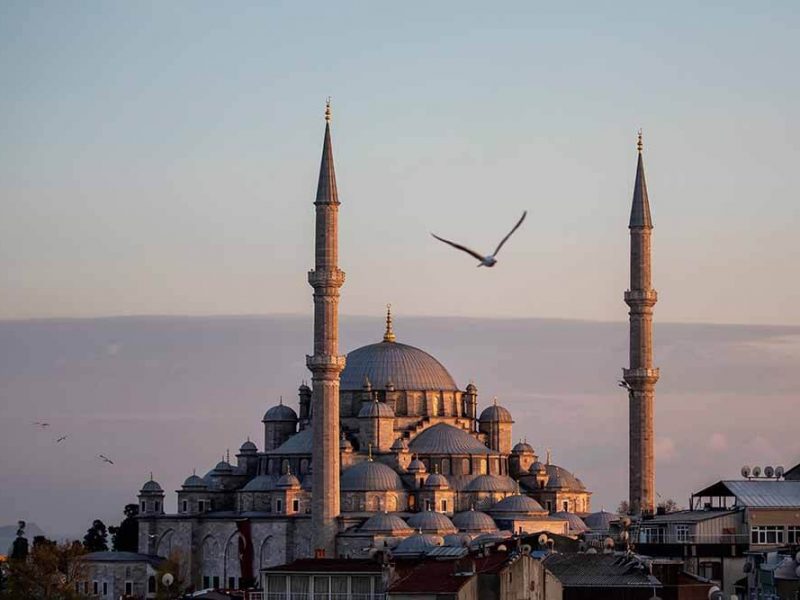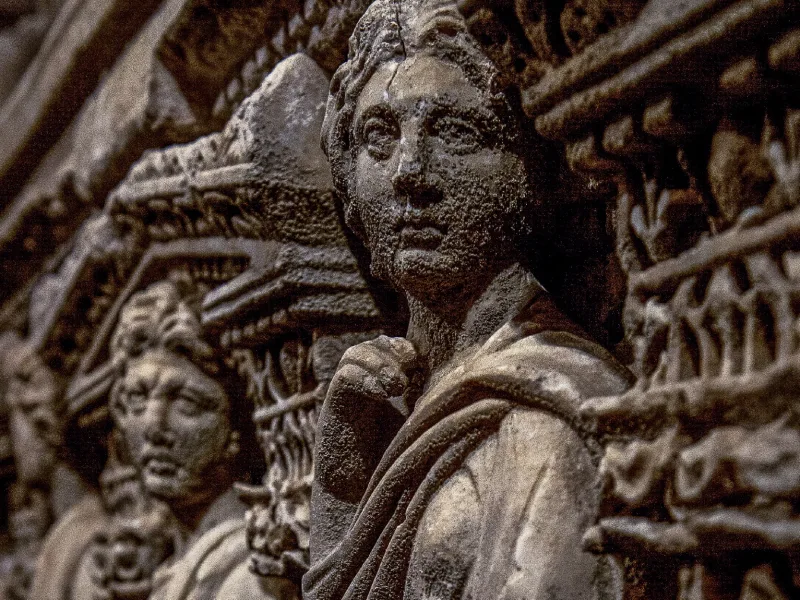Located in the easternmost part of our country, Iğdır has been a settlement for centuries and has attracted attention with its unique history. The city was built near Mount Ağrı and was used as a settlement by the Urartians, Sumerians, Assyrians, and Scythians before Christ. Later on, Persians dominated the city in the 7th. century, and it was then possessed by the Arabs. Iğdır was conquered by the Ottomans with the Çaldıran War, and it was under Russian occupation for a period. For this reason, the city has a rich cultural mosaic and a remarkable position. It is surrounded by Ağrı in the south and Kars in the north, and is located on the east side, near the borders of Nakhichevan and Armenia.
Climate and Local Cuisine
Iğdır is one of the rare regions with a micro-climate. It has a milder weather compared with the surrounding cities. Particularly in Iğdır lowlands, due to the wind being blocked, there is a mild climate in summer, and this affects the agricultural activities. Iğdır Plain is the least rainy area of our country, with an average temperature of 11 degrees.
When we examine it in terms of local cuisine, the city has traces of both the east and the west and has a unique mosaic of food in Anatolia. For this reason, Iğdır cuisine has great selections of meat and pastries. Always taste regional soups, such as the gatığaşı, kelecoş, ayran aşı, and hörre while visiting. Authentic foods such as taş köfte, cızdık, ekşili, bozbaş, meat sarma, sour pilav, evelikli bulgur, and börülceli bulgur are natural and organic. You can also taste kaysafa, kuymak, and fetir.

Börülceli bulgur
Places to Visit
You can see different historical buildings together with many different cultures and places to visit in Iğdır, which brings together both natural beauties and historic ruins.
- Harmandöven Caravansary: The city was built on the Silk Road during the 12th century.
- Koçbaşı Tombs: The classical Turkish tombs built in Karakoyunlu Reign and on the plain carry the traces of this period.
- Genocide Memorial: a museum that memorializes the wartime massacres of Turks. It was dedicated in October 1999 and is the tallest monument in Turkey.
- Karakale Ruins: The entrance gate of the Urartian fortress is still intact and is located on the Armenian border.
- Ahura Ruins: Located on the slopes of Mount Ağrı, Ahura ruins are ruins dating from the 2nd century BC.
- Tuzluca Salt Caves: The biggest salt reserves in Turkey are a sight to see.

The city was built near Mount Ağrı and was used as a settlement by the Urartians, Sumerians, Assyrians, and Scythians before Christ. Later on, Persians dominated the city in the 7th. Century, and it was then possessed by the Arabs.
- Meteor Pit – The pit opened by a meteor that had fallen to the Korhan plateau in 1892 is the second largest asteroid pit in the world after the crater in Arizona. While its width is 35 meters, it can reach up to 60 meters in depth.
- Aliköçek Creek Bridge
- Asma Village Mosque
- Aralık Hacı İbrahim Gödek Cupola
- Çakırtaş Kul Yusuf Cupola
Festivals
The Iğdır Apricot Festival is held in July, disrupting the city’s quiet life. Every year on May 24 and 25, Iğdır Ağrı Mountain Korhan plateau festivals are organized. Iğdır Nakhichevan Culture and Solidarity Festival is held on August 23–24, and in March, Nevruz Feast is celebrated in the city with enthusiasm in springs.
How to Get There
If you plan to travel to Iğdır, you can go to Kars Airport by taking a transfer or shuttle service or by road to Iğdır by public transport. If you want to go by road to this easternmost city, you need to consider a long journey.



